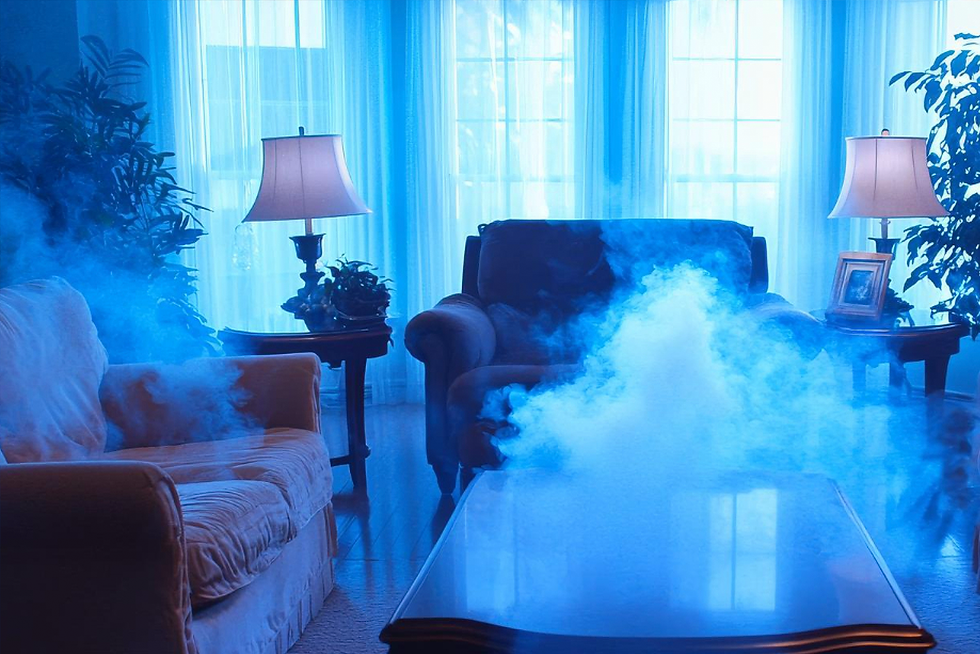Healthy Home Basics – Duct Cleaning
- Corey Provencal

- Oct 25, 2010
- 3 min read
By John Bower
Ducts can get extremely dirty. This generally happens for two reasons: 1) the ducts are leaky, and pollutants get sucked into them from dusty, contaminated attics, crawl spaces, and building cavities, and 2) pollutants from the living space are pulled through the entire duct system because of inefficient filtration. Well-sealed ducts in a forced-air heating/cooling system fitted with a high-efficiency filter can often pass a white glove test as long as two years after installation.
A Canadian study recommended that if supply ducts are dirty, they could be contaminating the indoor air, so duct cleaning is probably a good idea, and if return ducts, the air-handler fan, and the coil are dirty, the dust could be affecting performance and should be cleaned.
In a typical forced-air system with leaky ducts and an inefficient filter, the ducts are usually contaminated with a wide variety of particulates and microorganisms—all directly exposed to the air being breathed by the occupants.
Whether the cleaning of ducts actually results in improved indoor air quality is still being debated. While the heating/cooling system’s performance is often better after cleaning, it is more difficult to say if the indoor air is cleaner. This is because there are often other factors that contribute to indoor air quality, such as indoor pollutant sources, occupant activities, and outdoor air quality. Metal ducts can generally be cleaned fairly well, but with duct board, which is lined with porous fiberglass, thorough cleaning is impossible. One study found that microbial contamination of duct board returned to precleaning levels within 6 weeks.
The EPA suggests that you should consider having your ducts cleaned if there is substantial visible mold growth inside the ducts or other components of the heating/cooling system, if the ducts are infested with vermin, insects, or rodents, or if the ducts are clogged with excessive amounts of dust or debris, or if there are actually particles being released into the air. They also point out that there is no evidence that cleaning ducts will result in improved health for the occupants. Still, it makes sense that you would want the air you are going to breathe to be passing through clean ducts.
Many cities now have businesses that specialize in duct-cleaning. They typically have large truck-mounted vacuums connected to long hoses that are run indoors. Sometimes they agitate the ducts, or use rotating brushes or air hoses, to loosen the accumulated debris, then the powerful vacuum draws the pollutants out into the truck. Vacuuming alone isn’t nearly as effective as mechanically agitating the ducts with a brush, but brush/vacuuming can cost up to 4 times as much money. Be sure no small pets are loose during this process because the vacuum can be powerful enough to pull them into it. This type of cleaning is usually sufficient to remove the majority of contaminants, but a few hypersensitive people have found it necessary to dismantle their duct system and thoroughly clean the residual pollutants wedged in small cracks and crevices.
Some duct cleaners like to spray a cleaning chemical, sealer, encapsulant, or disinfectant inside the ducts. These may or may not be recommended, because they can be pollutant sources themselves.
• John P. Lapotaire, CIEC • Certified Indoor Environmental Consultant • Microshield Environmental Services, LLC • www.Microshield-ES.com









Comments